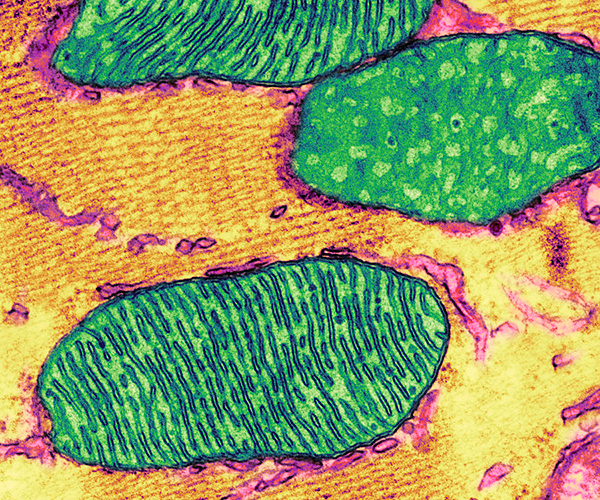
Researchers describe the biochemical pathway that results in the generation of oxidized mitochondrial DNA, how it is expelled by mitochondria and how it triggers the complex and destructive inflammatory response that follows.
Mitochondria are self-contained organelles (they possess their own mini-chromosome and DNA) residing within cells and are charged with the job of generating the chemical energy needed to fuel functions essential to life and well-being.
When stressed, damaged or dysfunctional, mitochondria expel their DNA (mtDNA), oxidized and cleaved, into the cyto...
Read More






Recent Comments